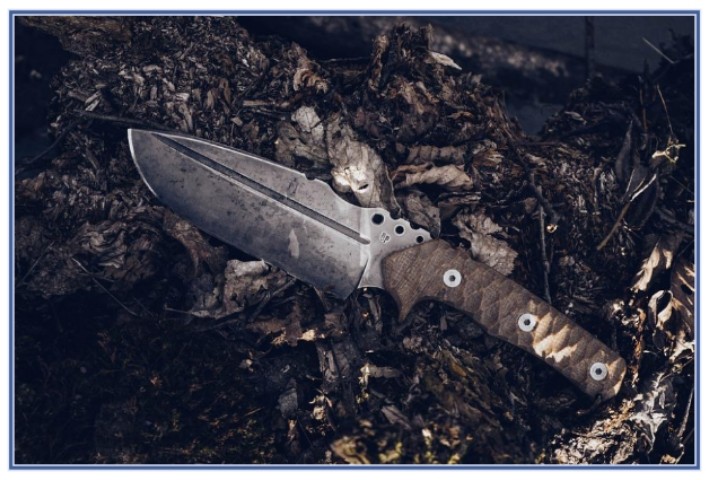From being the primary food preparation item to helping campers build shelters to saving you in an unexpected encounter with wildlife, a survival knife is a crucial item to have in your bag for anyone heading out into an outdoor environment.
Yet, with so many different survival knife choices available today, picking the right tool for your adventure can be daunting, especially if you’re an inexperienced camper or hiker.
Today’s guide aims to demystify survival knives and help you choose a high-quality one for your next expedition into nature. Stick around – we’ll go over different types of knives and show you what to look for in an item whose incredible usability can make camping much more manageable and save your life in certain outdoorsy situations.
Understanding Survival Knives – Types of Blades You Can Get
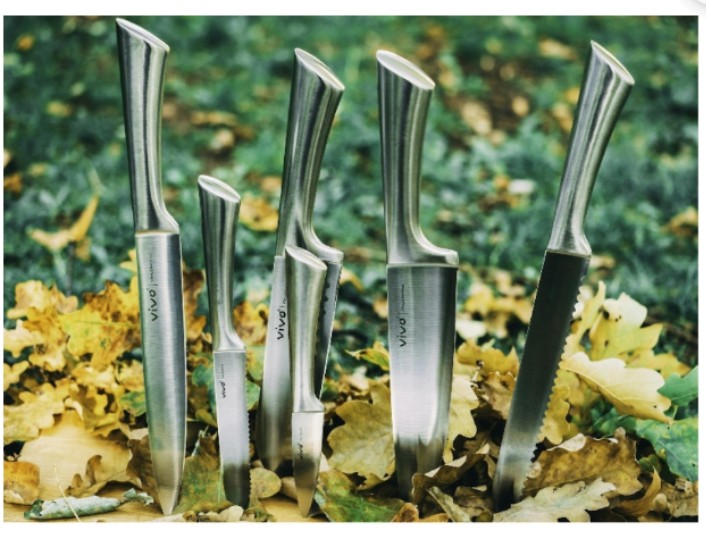
While pricing plays a pivotal role in purchasing a knife for a nature adventure, the inability to choose, especially among inexperienced outdoors people and campers, stems from having too many choices and multiple types of survival knives. Some of these include the following:
- Fixed-Blade Knives – Often regarded as the most versatile type, a fixed-blade survival knife usually has an incredibly rigid handle, perfect for applying more pressure.
- Folding Knives – Generally much smaller than a fixed-blade knife, a folding one stays hidden in its handle until you need it, making it more portable and safer to tuck away.
- Machetes – Commonly used in South America and thick jungles, machetes don’t need a lengthy introduction. They’re big, heavy, and excellent for cutting undergrowth.
- Spear-Point Knives – As its name might suggest, a spear-point blade is shaped like a spear, providing an outstanding balance between cutting and piercing.
- Serrated Blades – Designed for cutting through more rigid materials like rope, serrated survival blades might remind you of bread-cutting knives, but they’re highly versatile for outside, too.
- Drop Point Blades – Recognisable for a point lower than the knife’s center spine, drop-point knives have a long, continuous edge, making them excellent for general outdoor activities.
- Tanto Blades – These survival knives have roots in ancient Japan. Their firm tip makes them perfect for piercing and hunting.
With so many survival knife variants available, each type with its unique features and advantages, it’s understandable why picking a specific option can be challenging. However, understanding their characteristics, the situations they’re best at, and your outdoor-related needs can help you decide.
Choosing the Right Survival Knife – Top Five Factors to Consider
Before you can pick a high-quality survival knife and add it to your outdoor bag, you must first assess your survival needs and the knife’s purpose. Are you looking for a food preparation knife or a hunting one? Do you plan on heading to the jungle or expect a wildlife encounter?
These are a few example questions you’ll need to answer. Once you do, you’ll genuinely understand what you’re looking for and can move on to the following purchasing factors.
1. Knife Length
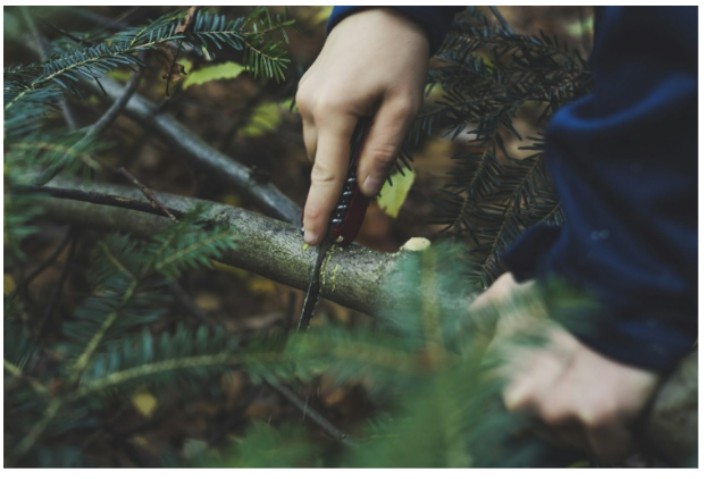
With survival knife lengths varying significantly, the first decision you’ll have to make is based on size. For example, longer blades, ranging from 6 to 12 inches, are great for chopping down trees, making your way through the jungle, and defending yourself.
Conversely, shorter survival knives, ranging from 2 to 6 inches, offer much greater precision and portability, making them excellent for food preparation and carving.
2. Blade Shape
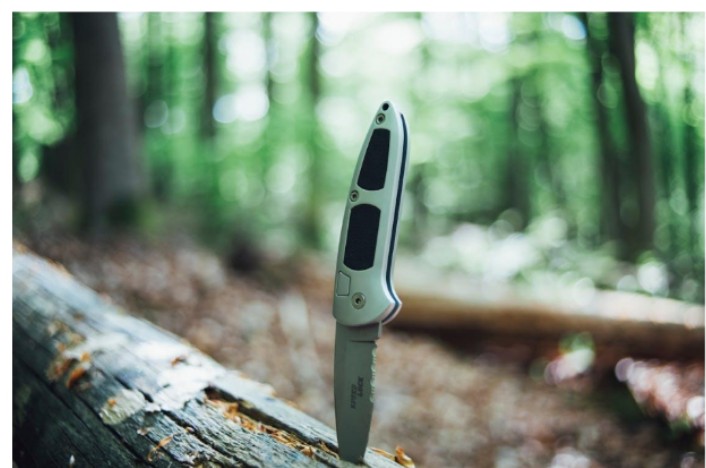
Besides length, the shape of the blade is another vital characteristic you’ll need to consider, as it also impacts the survival knife’s effectiveness at particular tasks.
For example, drop-point blades are versatile and excellent for multiple outdoor activities, while spear-shaped knives can help catch fish, especially if tied to the end of a stick.
Conversely, a folding knife can be terrific for carving or building a fire, but it’s tiny and won’t help much if a wild animal charges you.
3. Materials
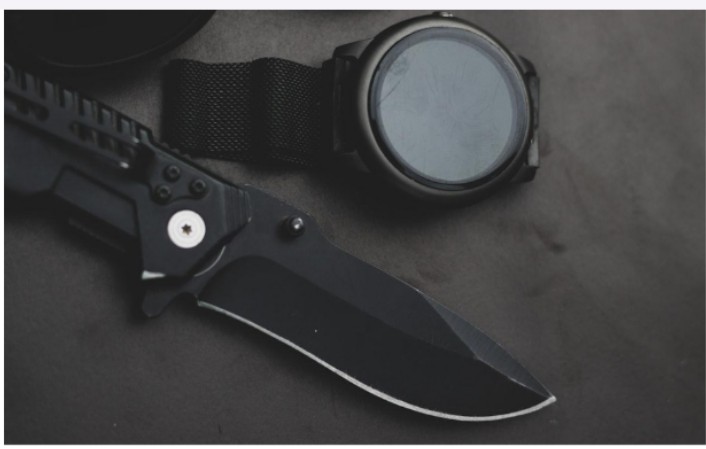
Survival knives can be made from various materials, which impact their durability, robustness, usability, corrosion resistance, and maintenance. The most common survival knife types are made of stainless steel, carbon, titanium, and ceramic materials. To maintain the edge of your blade, especially in rugged conditions, tools like a hori knife sharpener can be invaluable for keeping your knife sharp and ready for use.
You’ll need to consider which material you want in your survival knife. Most enthusiasts prefer stainless steel blades.
4. Knife Handle
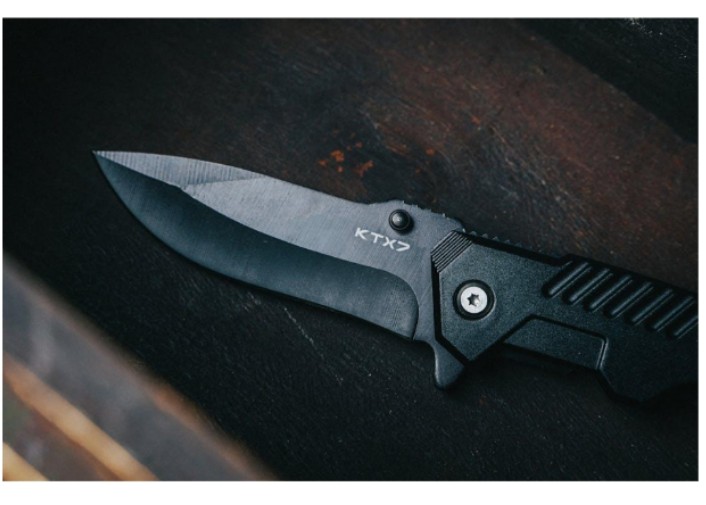
What good is a sharp blade if you’re uncomfortable using it? That’s why considering the handle of a survival knife is pivotal in forming your decision. After all, a knife’s handle can be made of wood, rubber, textured coatings, synthetic materials, and more.
You’ll need to consider whether you value beauty or ergonomics. If possible, feel the knife in your hand before you buy it.
Conclusion
A proper survival knife is pivotal for ensuring your safety during outdoor adventures. Having such an item in your backpack means you’re prepared for whatever challenge or situation you find yourself in, from gutting a fish for dinner to fighting a wild animal that attacks you.
However, finding a proper survival knife for a particular outdoor situation can be challenging, especially if you’re new to camping, hiking, and other outdoor survival activities.
Making a well-informed decision about purchasing a survival knife requires a complete understanding of different types. It also requires assessing your needs and the knife’s purposes and considering factors such as length, shape, materials, and ergonomics.
